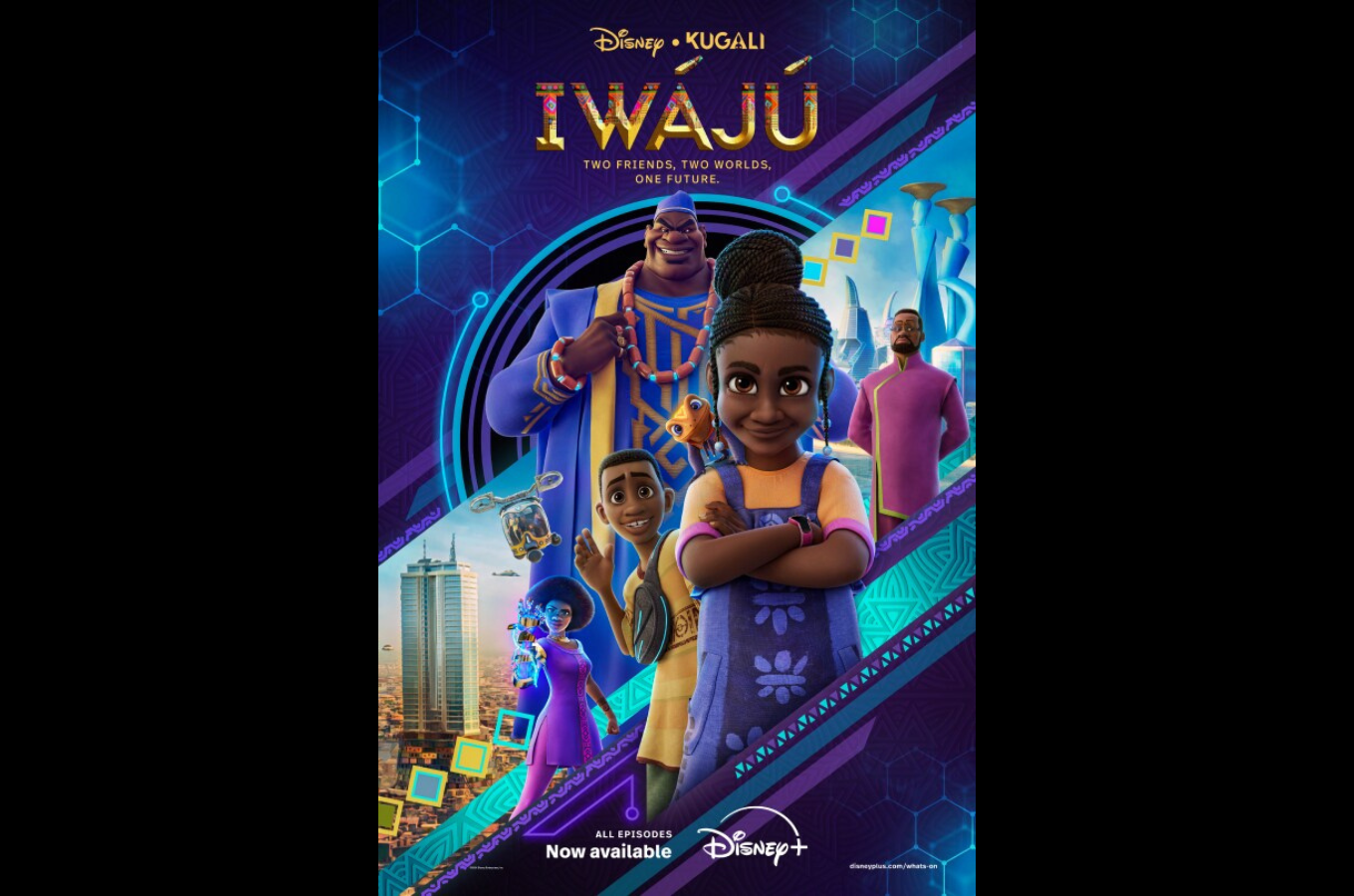
Iwájú is set in a futuristic version of Lagos, Nigeria, and explores themes of inequality, family, and ambition within a unique cultural context. It serves as a quintessential example of Afrofuturism. This cultural and artistic movement blends elements of science fiction, historical fiction, fantasy, and Afrocentricity to reimagine the futures and histories of Africa and its diaspora.
The film’s portrayal of Lagos as a technologically advanced metropolis pays homage to this tradition. The detailed cityscapes, rich with African motifs and futuristic technology, challenge the often monolithic portrayals of Africa in Western media. This artistic choice places African culture within a futuristic context and highlights the continent’s potential and creativity. By doing so, Iwájú disrupts the colonial gaze that frequently depicts Africa as a place of lack rather than innovation.
Drawing from postcolonial theory articulated by scholars such as Edward Said and Homi Bhabha, the film can be analyzed for its representation of African culture and identity. Said’s concept of Orientalism highlights the Western tendency to depict the East (and, by extension, Africa) in a way that exoticizes and others its people and cultures. In Iwájú, Disney seeks to subvert this tradition by collaborating with African creators, notably the Kugali media.
This collaboration is crucial for ensuring cultural authenticity and avoiding the pitfalls of cultural appropriation. However, it is essential to scrutinize how effectively Iwájú navigates this balance. Does the film genuinely reflect the complexities and nuances of Nigerian society, or does it fall into the trap of presenting a sanitized, palatable version of African culture for Western audiences? Bhabha’s notion of hybridity (Bhabha, 1994) is relevant here, suggesting that cultural expressions often blend multiple influences, leading to a more inclusive and representative portrayal if handled thoughtfully.
The postcolonial perspective is further enriched by examining the film’s thematic elements. Iwájú addresses issues of socio-economic disparity and the struggle for a better future, resonating with Frantz Fanon’s critique of postcolonial societies grappling with the legacies of colonialism. The futuristic setting of Lagos provides a speculative space to imagine an African city free from colonial histories yet still facing contemporary challenges. This imaginative reconfiguration aligns with Achille Mbembe’s ideas on Afrofuturism, envisioning African futures liberated from the constraints of colonial and postcolonial realities.
Despite its ambitious goals and innovative approach, Iwájú must be critically evaluated for its depth and sincerity in cultural representation. Stuart Hall’s cultural identity theory emphasizes cultural identity’s fluid and constructed nature, warning against essentialist portrayals that reduce cultures to static, homogeneous entities. It is crucial to assess whether Iwájú successfully navigates these complexities or if it inadvertently reinforces stereotypes and oversimplifications.
In my opinion, Disney’s Iwájú represents a noteworthy attempt to engage with African culture and narratives within the animated film genre. The film contributes positively to the discourse on animation and cultural authenticity.
References
Bhabha, H. K. (1994). The Location of Culture. Routledge.
Fanon, F. (1963). The Wretched of the Earth. Grove Press.
Said, E. W. (1978). Orientalism. Pantheon Books.
Hall, S. (1996). Cultural Identity and Diaspora. In P. Williams & L. Chrisman (Eds.), Colonial Discourse and Post-Colonial Theory: A Reader (pp. 392–403). Columbia University Press.
Mbembe, A. (2015). Afropolitanism. In S. Gehrmann & L. Joyrich (Eds.), Afropolitan Horizons (pp. 15-20). Africa World Press.


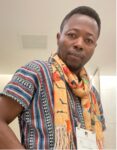


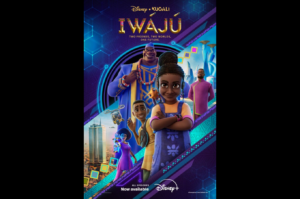
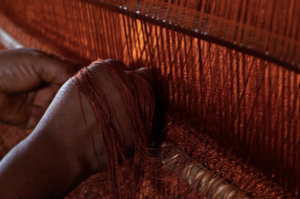
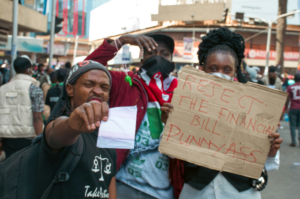


COMMENTS -
Reader Interactions